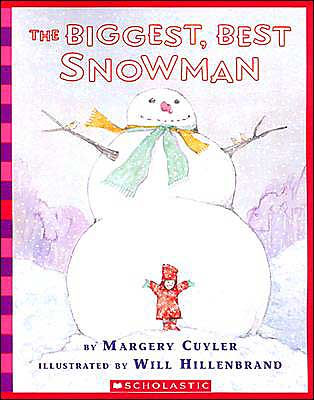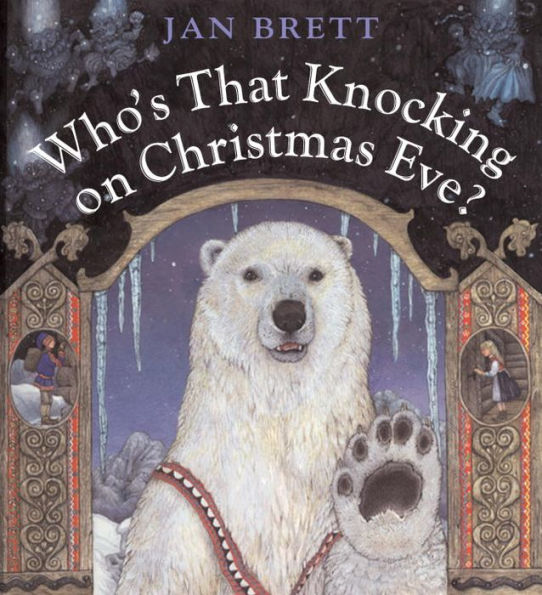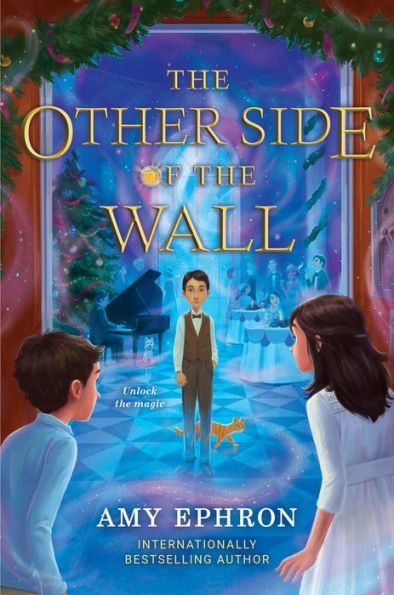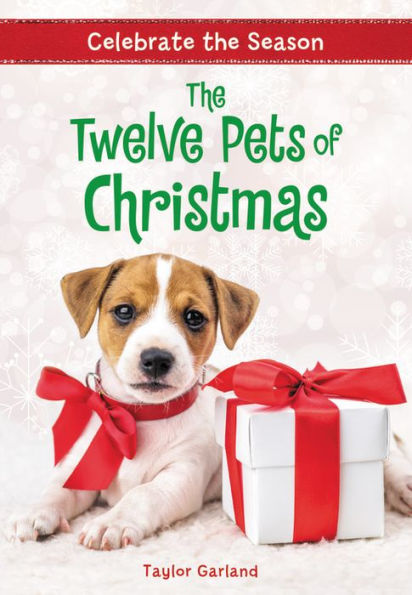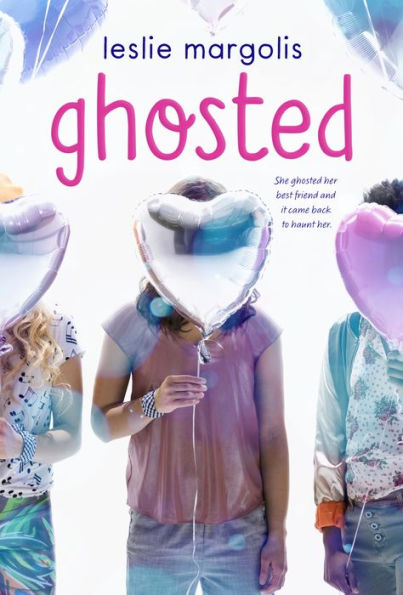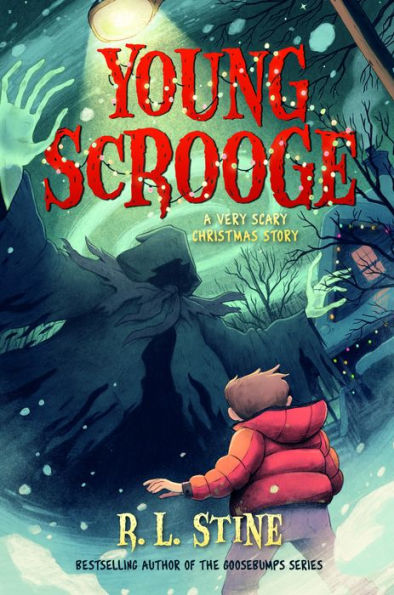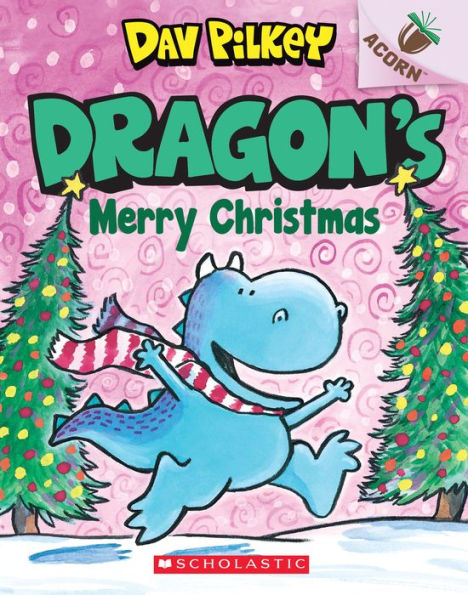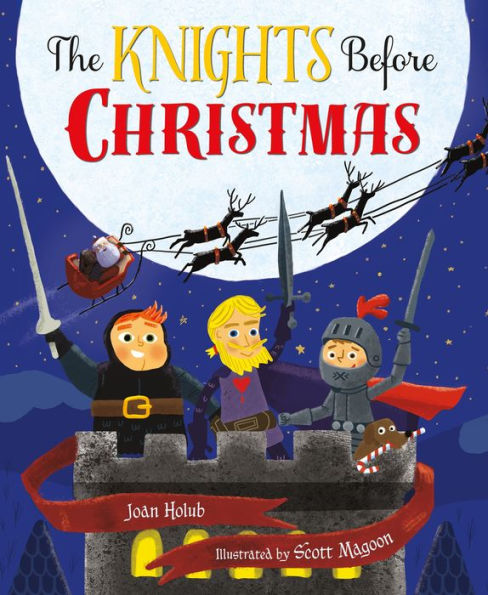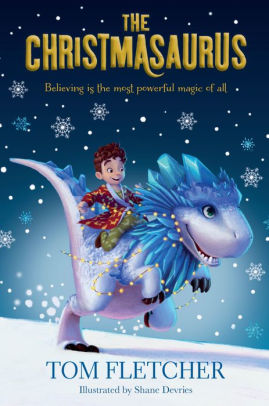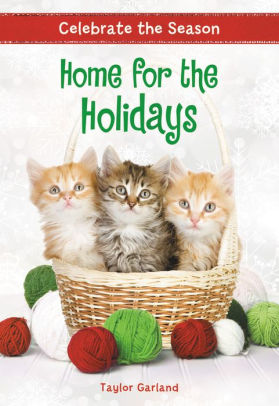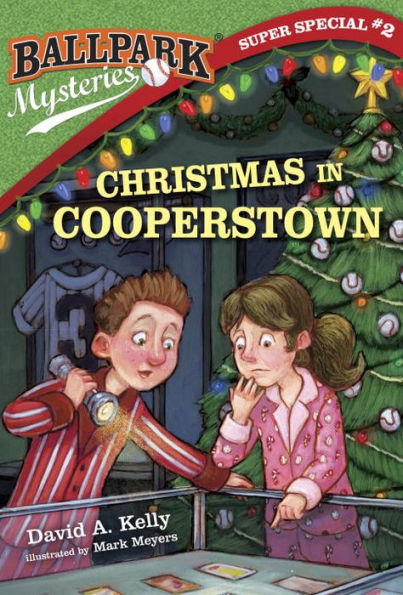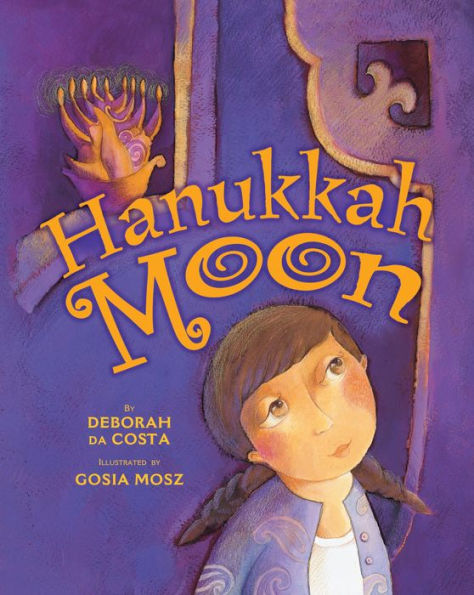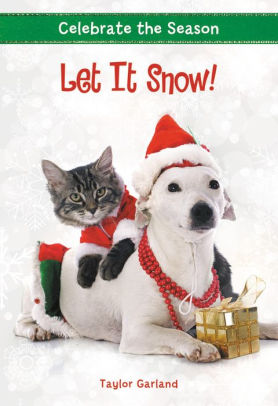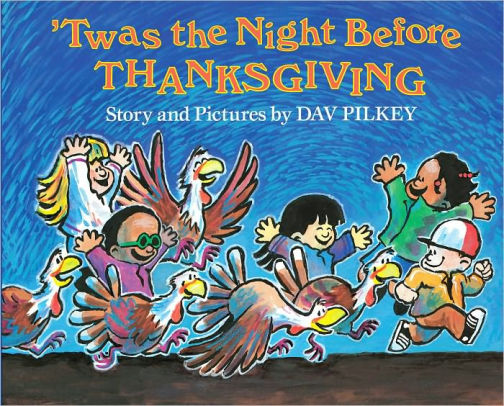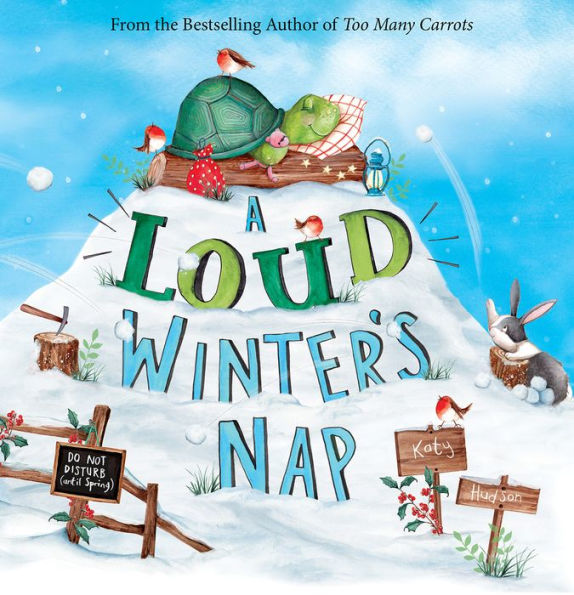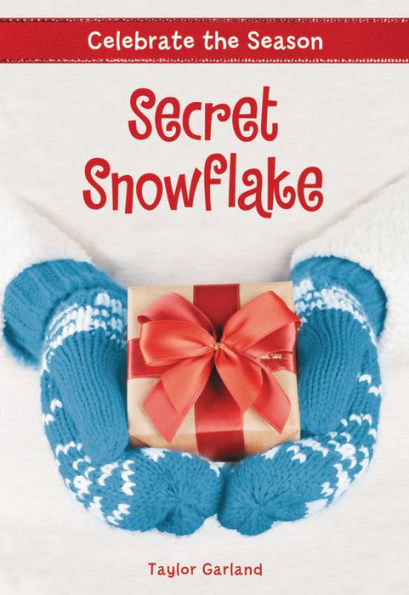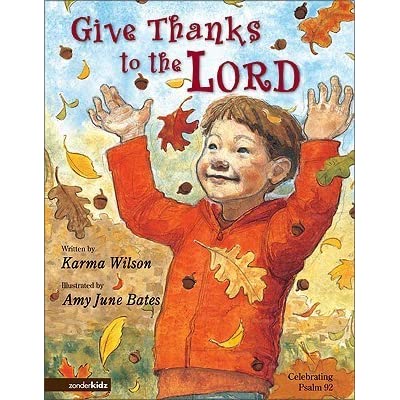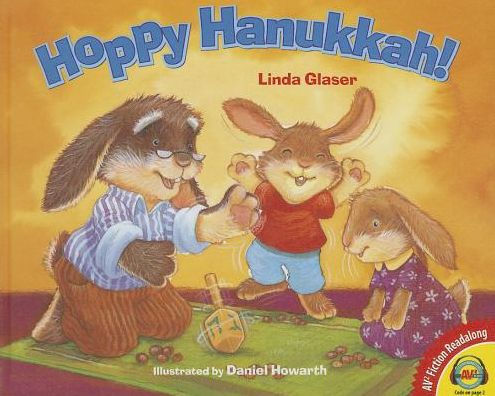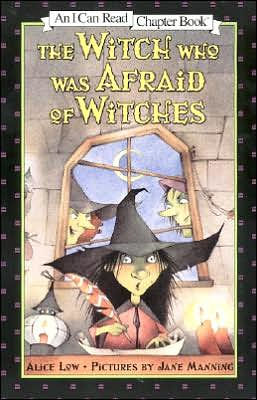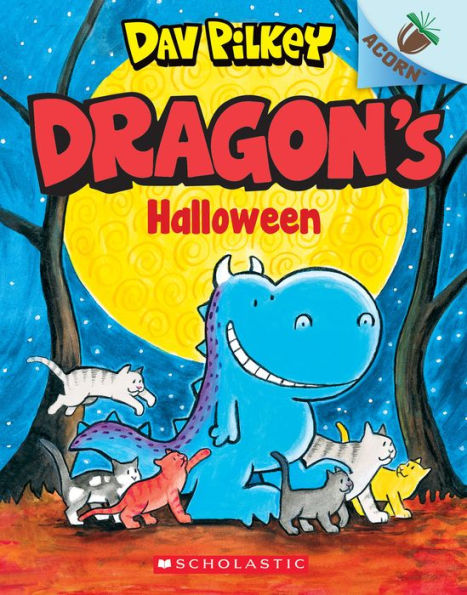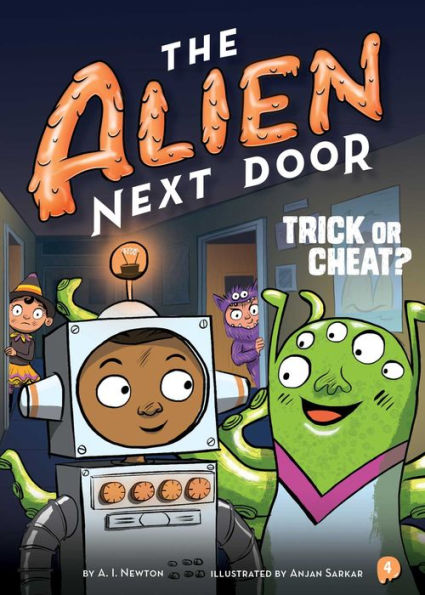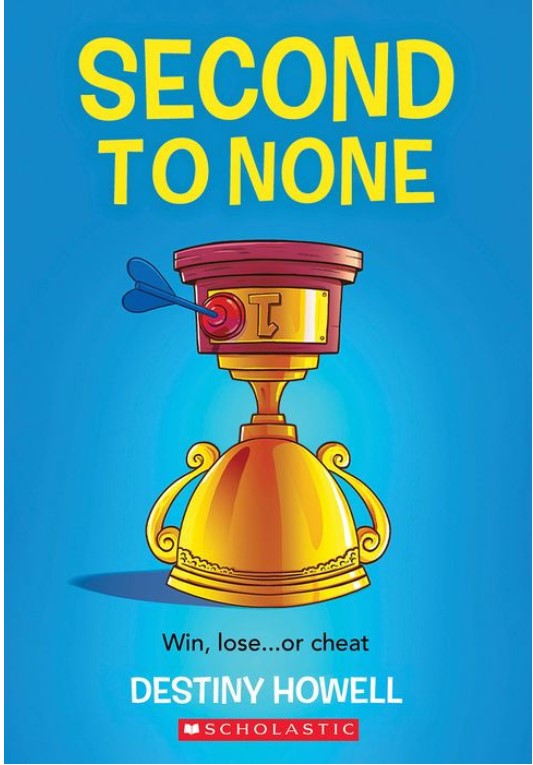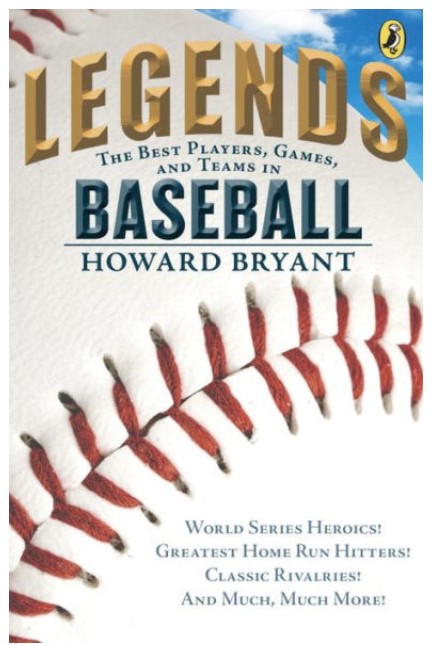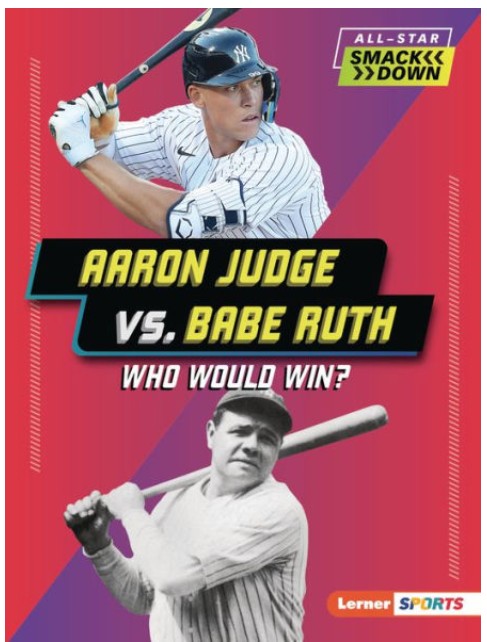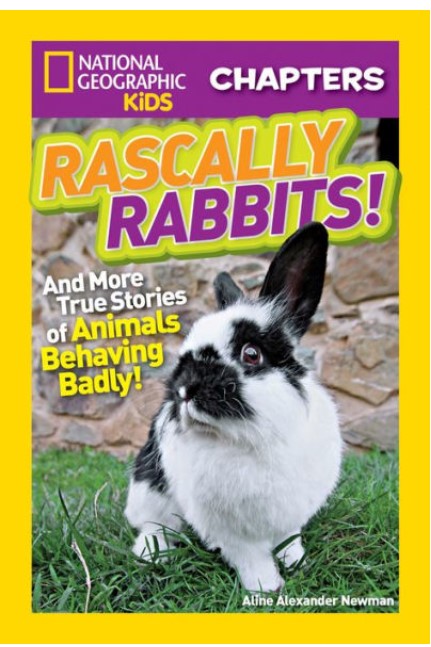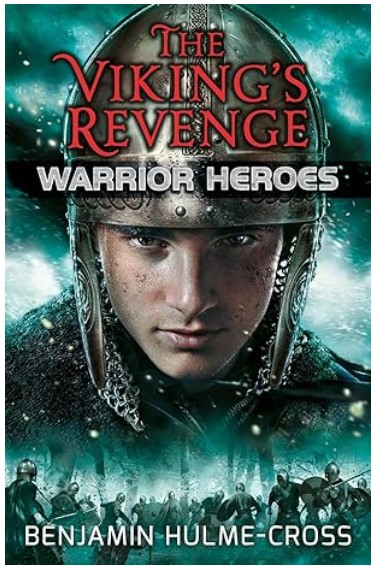Little Nell lives with BIG mama, BIG Sarah, and BIG Lizzy. They think she’s too small to do anything. So little Nell goes into the big, snowy woods to play with her friends Reindeer, Hare, and Bear Cub. They don’t think she’s too small at all. They think she can build a BIG snowman. And with their help, she does—the biggest, best snowman ever!
Little Nell would like to help with something, but her family thinks she’s too small to help. Nell goes into the snowy woods and plays with her animal friends. When Nell’s friends want her to make a snowman, she says she can’t because “I’m so small.” Bear asks, “How do you know unless you try?” With the help of her friends, Nell makes a gigantic snowman. When she shows her family the snowman, they realize that she isn’t too small to help.
The Biggest, Best Snowman will appeal to a wide range of readers—the story is set in a winter scene with cute forest animals. After Nell and her forest friends have a tea party, they all work to build a snowman. Nell starts by patting snow into a ball, and then each animal helps make the snowball larger. Even the birds help with the snowman by finding objects to make a face. The illustrations have pops of blue and green that help give the story a festive feeling. Nell’s BIG family is portrayed oddly. One sister has silly details, such as holly in her hair and Christmas ornament earrings. However, the other sister is obese, sulky, and ill-mannered.
Even though The Biggest, Best Snowman is a picture book, the story is intended to be read aloud to a child, rather than for the child to read it for the first time independently. Each page contains 1-8 sentences with some complex sentences. The pictures are beautiful and have some fun details. For example, when the animals roll the snowball, their tracks spell out snow. However, the story’s repetitious dialogue and the repetition of the word BIG may irritate some readers. Some might find the odd sisters and their behavior silly, but others might find it slightly disturbing. For example, the mom pulls the big sisters on a sled, up a hill, while the younger sister has to walk.
The Biggest, Best Snowman teaches that even little kids can do something big with the help of their friends. However, there are better winter books to read including, The Snowmen At Night by Caralyn Buehner, Winter Dance by Marion Dane Bauer, and A Loud Winter’s Nap by Katy Hudson.
Sexual Content
- None
Violence
- None
Drugs and Alcohol
- None
Language
- None
Supernatural
- None
Spiritual Content
- None
